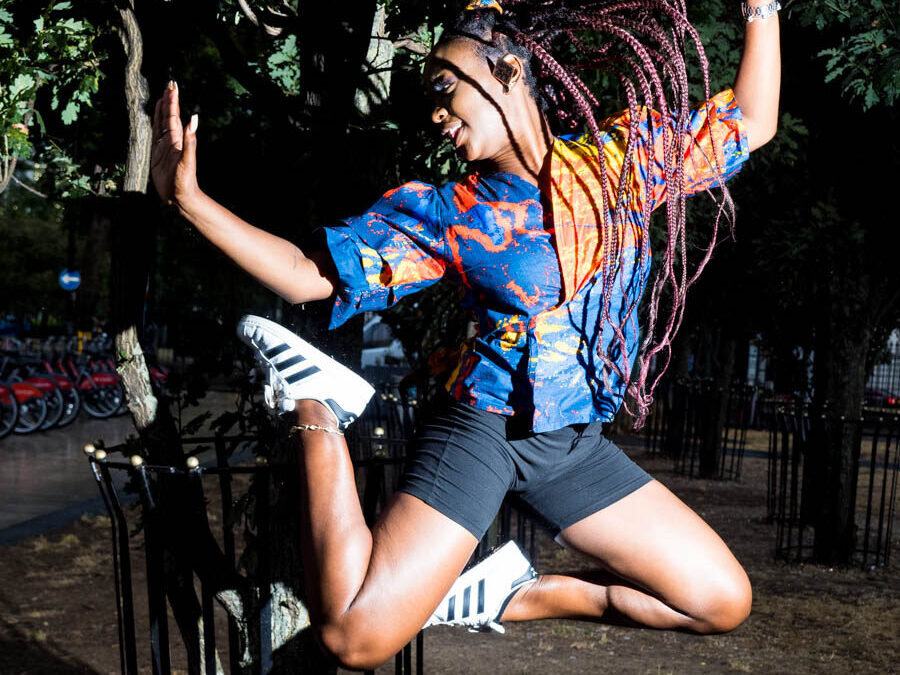Capturing the energy and emotion of music and dance through photography is a thrilling challenge. Whether you’re drawn to the focused intensity of a classical musician or the dynamic movements of a dance performance, this artistic blend requires an understanding of both the art form and your camera.
This guide is designed for aspiring photographers who want to capture the magic of music and dance. We’ll explore essential techniques, creative approaches, and helpful tips to elevate your photos from snapshots to stunning portrayals of artistic expression.
- Understand Your Setting
Music and dance performances are often characterized by dynamic lighting and fast-paced action. Begin by familiarizing yourself with the venue’s lighting conditions. If you’re photographing in southwest London, explore local concert halls, theaters, and dance studios to get a feel for the typical lighting setups. - Master Your Camera Settings
- Fast Shutter Speeds
To capture sharp images of performers in motion, use a fast shutter speed. A setting of 1/250s or higher helps freeze the action, preventing blur and ensuring clear shots. - Wide Aperture
A wide aperture (low f-number) allows more light into your camera, which is crucial in dimly lit venues. This setting also creates a pleasing bokeh effect, isolating your subject from the background and highlighting their movements - Increase ISO Sensitivity
Boosting your camera’s ISO sensitivity helps handle low-light conditions typical in music and dance performances. Modern cameras manage higher ISO levels well, so don’t hesitate to experiment. Just be mindful of potential noise in your images.
- Fast Shutter Speeds
- Learn to Use Manual Mode
Shooting in manual mode gives you complete control over your camera settings, enabling you to adjust exposure, shutter speed, and aperture to suit the environment. This flexibility is essential for adapting to changing lighting conditions during a performance. - Utilize Autofocus Techniques
Continuous autofocus (AI-Servo or AF-C) is your friend when photographing moving subjects. Focus on the eyes of performers to capture their expressions and emotions vividly. This technique is particularly effective in dance photography, where capturing the dancer’s expression adds depth to your images. - Anticipate the Action
Familiarizing yourself with the performance allows you to predict key moments. Understanding the music or choreography helps you anticipate when to press the shutter for the best shots. This skill is invaluable for capturing the peak of a musician’s performance or the pinnacle of a dancer’s leap. - Composition is Key
Apply the rule of thirds to create balanced and interesting compositions. Try different things with various points and viewpoints to change up your shots. For example, shooting from a low angle can emphasize the height of a dancer’s jump, while a high angle might capture the intricate patterns of a group dance. - Capture Emotion and Energy
Focus on the expressions and body language of the performers. Capturing their passion and energy can make your photos more compelling. Whether it’s the intense concentration of a classical musician or the exuberance of a dancer, these moments tell a story. - Shoot in RAW Format
Photographing in RAW format provides greater flexibility in post-processing. You can change openness, white balance, and different settings without losing picture quality. This is particularly useful for correcting any issues caused by challenging lighting conditions. - Respect the Performers and Audience
Be mindful of the performers and audience. Avoid using flash unless it’s permitted, as it can be distracting. Move discreetly to avoid disrupting the performance or the audience’s experience. This respectfulness helps you build a good reputation and may open doors to future opportunities. - Practice and Experiment
Continuously practice and experiment with different techniques and settings. Review your shots critically to identify areas for improvement. Studying the work of famous photographers like SisiBurn can provide inspiration and help you develop your unique style. Attend local performances in southwest London to practice and refine your skills.
If you’re in South West London and looking for professional photography services, check out SisiBurn, a famous photographer known for her expertise in music and dance photography. Her work captures the essence of performances, providing inspiration for aspiring photographers.
Music and dance photography can be incredibly rewarding, allowing you to capture the beauty and emotion of live performances. By following these tips and tricks, you’ll be very much gone to making stunning pictures. Remember, the best way to improve is to keep practicing and experimenting. Happy shooting!



